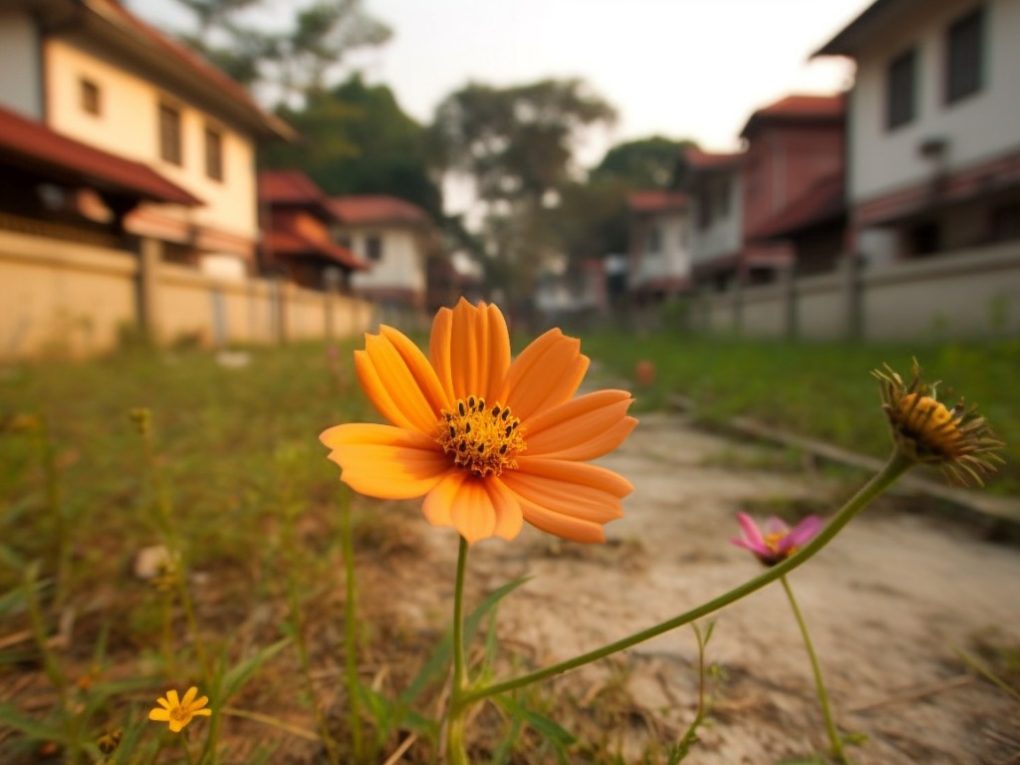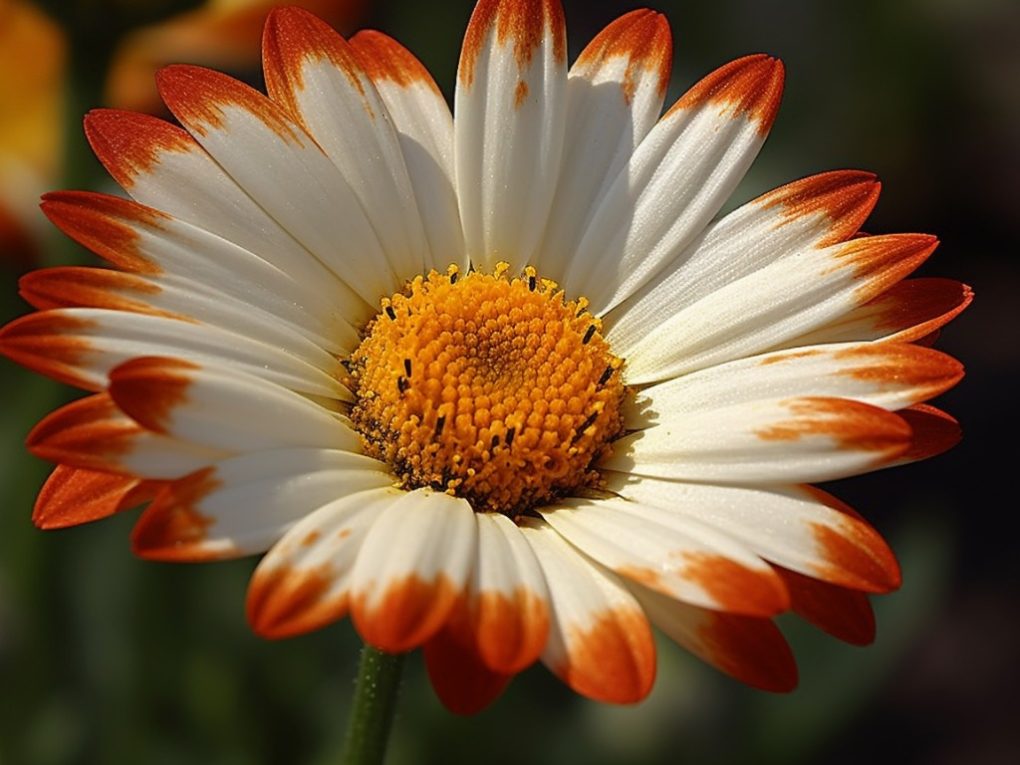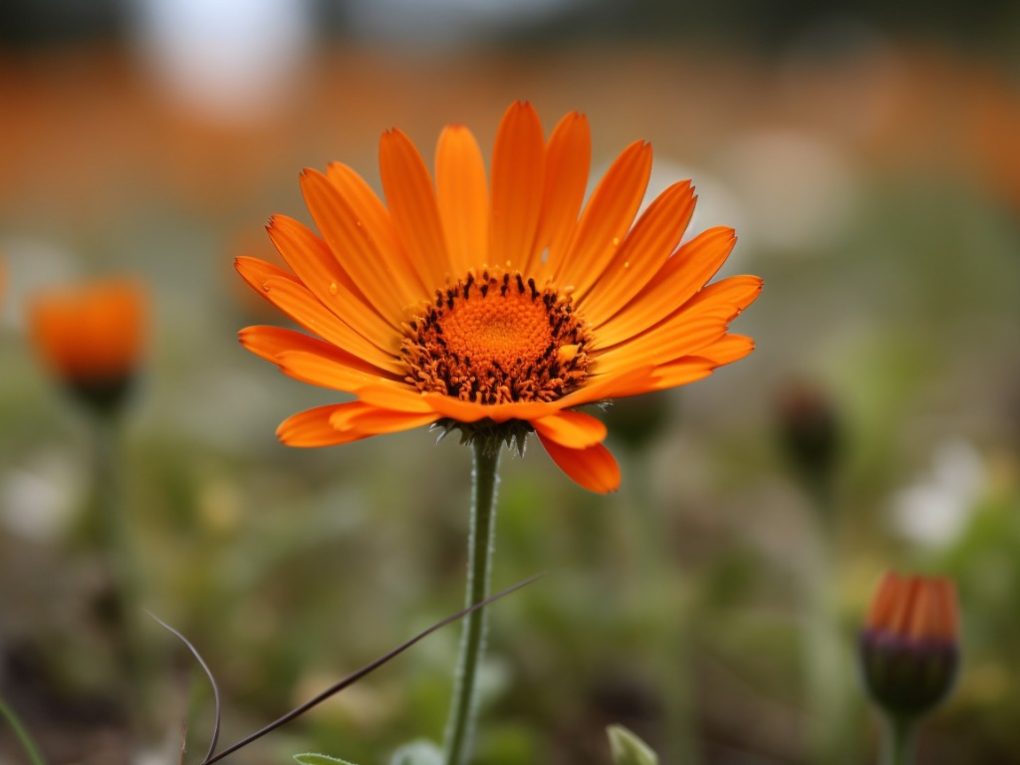Do Gerbera Daisies Attract Bees? Here’s What You Need to Know

Gerbera Daisies attract bees, but these flowers are not only visually appealing, but they also produce plenty of nectar and pollen, making them an ideal food source for bees.
As pollinators, bees are naturally drawn to brightly colored flowers like Gerbera Daisies. The striking colors, combined with the flat shape and large size of the flower head, make it easy for bees to access the nectar and pollen. Therefore, having Gerbera Daisies in your garden will encourage and support the bee population.
Table of Contents
Other Factors That Attract Bees

Color and Shape of Flowers
Bees are attracted to flowers with bright colors, particularly blue, purple, violet, white, and yellow. Flowers with these colors are more likely to attract bees than those with dull colors. The shape of the flower also plays a role in attracting bees. Flowers with a tubular shape, such as snapdragons and foxgloves, are particularly attractive to bees because they offer easy access to the nectar and pollen.
Fragrance
Bees are also attracted to flowers with a strong fragrance. The scent of the flower helps bees locate the flower, even from a distance. Flowers with a strong fragrance, such as lavender and roses, are likelier to attract bees than those with a weak fragrance, but it is important to note that some flowers, such as marigolds, have a strong scent but do not attract bees.
Availability of Nectar and Pollen
The availability of nectar and pollen is another factor that attracts bees to flowers. Bees need nectar and pollen to survive, so flowers that offer a good supply of these resources are more likely to attract bees. Flowers with a high nectar concentration, such as sunflowers and zinnias, are particularly attractive to bees. Flowers with many pollen, such as dandelions and clovers, are also likely to attract bees.
A combination of color, shape, fragrance, and availability of nectar and pollen are the key factors that attract bees to flowers. By planting various flowers that offer these resources, gardeners can create a bee-friendly environment that will attract and support these important pollinators.
Benefits of Bees to Gerbera Daisies

Gerbera daisies are beautiful flowers in various colors and are often used in bouquets and as decorative plants. Bees play an important role in the lifecycle of gerbera daisies, benefiting both the flowers and the bees themselves.
Pollination
Bees are important pollinators for gerbera daisies. Pollen is transferred from male anthers to female stigmas by bees as they visit flowers, fertilizing them and enabling them to set seed. With bees, gerbera daisies would be able to produce seeds, leading to a declining population.
Seed Production
Bees not only help with pollination but also increase the seed production of gerbera daisies. The more bees that visit the flowers, the more pollen is transferred, resulting in more seeds. This benefits the flowers and those who grow them, allowing for a larger supply of seeds for future planting.
In addition to pollination and seed production, bees benefit from gerbera daisies. The flowers provide a source of nectar and pollen for the bees, helping to sustain their populations.
Bees play an important role in the lifecycle of gerbera daisies, benefiting both the flowers and the bees themselves. By ensuring that there are enough bees to pollinate and increase seed production, we can help maintain these beautiful flowers’ population for generations to come.
